|
Abram Sanders Piatt was born in Cincinnati in 1821, the youngest child of Benjamin and Elizabeth Piatt. He moved to the Mac-A-Cheek Valley with his family as a young lad, enjoyed country living and was raised to work on the farm. Boys used to do whatever their Dad did for a living. Benjamin was a farmer and a lawyer/judge so Abram followed his father into farming. He attended Athenaeum College, today known as St. Xavier. After graduation he came home to work on the farm alongside his father. In 1840 he married his first cousin Hannah Ann Piatt (1823-1861) from Boone County, Kentucky and they had eight children together. The family lived in a house that sat near where they built the castle later on. The first house was moved later to east 245 for another family member to live in and is still there today. It has the same type logs holding up his front porch like he put on his fathers. Hannah got sick and died two days before the start of the Civil War. Abram was among the first to volunteer to President Lincoln’s call for men to fight in the Civil War. He raised and financed the 34th Ohio Piatt Zouaves Brigade. They were called thus because of the fancy red legged uniform they wore, which were soon discarded. During his service for the Union he advanced to Brigadier General and left the field because of an attack of Typhoid Fever. Abram, his brother Donn and Cousin John published a newspaper called The Mac-A-Cheek Press. It was a literary and political paper which was stopped when the men went to war. He was a journalist, wrote poetry and fiction stories. After the war he returned home to life as a gentleman farmer, local politician, books and literary pursuits. He contributed to magazines such as the North American Review. In 1864 he married a second time to Eleanore Watts (1834-1899) and they began building Mac-A-Cheek Castle in 1864 and finished seven years later in 1871.
The third floor held the stage for musical instruments surrounded by the ballroom. Stairs continue up two more flights to the top of the Tower Room which over looked Smiling Valley.
The basement was split into two sections. The west side was family use and the east side was the Kitchen where the Irish Immigrants prepared meals and did household chores. The meals where sent up to first floor by a Dumb Waiter, which ran on a pulley system and was moved to a Lazy Susan on the opposite side of the double doors. In the back of the second floor were the servants living quarters which consisted of several small rooms. The back stairs were much harder to negotiate than the front stairs, which was very common in those days. The servants in that day and age also lived on a lower level, usually a few steps, than the family did. This was a way to remind them they were not equal to the family. A bathroom was added on the first floor in the tower room stairway in 1890. No more chamber pots or outside privies were needed. Originally the farm had 1,600 acres on which they had oats, wheat and rye crops. They raised animals for food, breed horses and cattle and were popular in horse racing and had a race track on their property. They had a grist mill, saw mill, blacksmith shop, and barn. A stone dwelling which was the care takers cottage and also used as a chicken coop (still there today), ice storage, laundry room, and there was a pump house on the other side of the Mill Race. Even the family dogs had it made with their own stone “Castle” dog house built right onto the big house. The Democratic Club Newspaper was in the White building, which was on the North West corner of Baird and Detroit streets. Abram adjusted the moveable alphabet, did presswork and rolling alternately. This building was destroyed in the Big Fire of 1880. Abram was active in the Grangers and they held their meetings on the third floor in the old ballroom. The Grangers were a Coalition of American Farmers that fought against monopolistic grain transport following the Civil War. He married Emilia Belle Murrey (1873-1967) in 1902 and Abram passed away on March 16th, 1908. His son, William McCoy Piatt moved in and he was the one who started the tours in 1912. He contributed the Native American Artifact collection in the Drawing Room and had antiques of his parents and grandparents on display. William’s son Mac was next in line but sadly he and his wife died in the Influenza Epidemic of 1918-1919. This left their two small sons, Bill and Jim without parents. Grandpa and Grandma Piatt took them in to care for them as well as two of his daughters, Bertie and Margurete. Bill married Frances and they had two children, Billy and Margaret (Peggy). Billy passed away in 1990 and the family home passed down to Margret. The house has not been lived in since 1985 after Margaret’s Mother moved away. Margaret’s daughter Kate helps with the website and events when she is home for a visit. A castle home lived in by several generations of Abram’s family is still loved today by visitors who stop by for a tour and a chance to step back in time to see how life was lived during a different, simpler era.
The children included oldest daughter Hannah who did not want to move to the country and youngest daughter Martha who loved the novelty of change. Daughter Arabella McCullough and her daughter Elizabeth who was visiting them at the time, was excited for her parent’s new venture. Eight year old son Donn and Abram at six years old were the two youngest in the family. The servant girl, Patsey Jackson also traveled with them. The oldest son, Wykoff was already established as a lawyer in Cincinnati. Benjamin was a court circuit Judge which required him travelling a lot. He also built a saw mill on his farm property and had an orchard which he took great care of. Elizabeth set up house for the family, making durable rugs that lasted for many years. She also worked on the landscaping, with walks, planted hedges, fish pond, flowers beds and borders of roses, Lilacs and wax-berries.
The family moved temporarily to Cincinnati so the younger boys could get the proper schooling. The farm was rented to Mr. Seig with the understanding that Benjamin and his family would live with him during the summer months. Benjamin practiced law with his son, Wykoff while in Cincinnati. Three years later the family returned to the farm for good. They discussed building a new home but too many memories of the cabin won and a compromise was made to update the outside by adding weather board and plaster to the inside. At this time Benjamin built a mill for flour making, a huge barn, tenant houses and other buildings. Near the front gate was Benjamin’s law office, where Donn studied law from his father. The home had many visitors over the years and the family enjoyed picnics at “Bald Knob” and “Squaw Rock”. They had driving and riding parties with their ponies; Blue, Dick and Fidget and fun with the pet dog, Fuz. Benjamin and Elizabeth also took care of Abram’s children after the death of his wife during his service in the Civil war. Over the years, besides their children and grandchildren who lived with them they also adopted orphans or took others children into their home for a total of seventeen. Benjamin passed away on April 28th, 1863 when he was eighty four years of age after a carbuncle developed. Three years to the day Elizabeth passed away at eighty six in 1866 from natural causes. As family passed away into death the little cabin sat empty of the life that made it a cherished, loving home. Then in 1975 the property was bought by Dave and Jane Younkman who were planning on building a home nearby. They discovered the house, falling apart, covered in brush and brambles, barely recognizable as it once was and discussed what they should do with it. After researching the property and finding out the history of the cabin in the woods the Younkman’s restored the home and opened an antique gift shop called, “The Pioneer House.” They shared the cabin’s history with their customers. Jane’s health declined so the cabin property was sold on February 20th, 2004 to Matthew Jones. It was thought he would keep the gift shop business going but sold it instead. Michael Kuntz and family purchased the property on December 29, 2008 and were the first to live in the house after many years. They added the full bath and updated the kitchen in the home.
They also had three girls they took in while in Cincinnati, all were married form the Piatt home. The fourth, Patsey, was a poor idiot girl. She was abused by her master so Elizabeth trained her to be a good servant.
At Mac-O-Cheek, their home in West Liberty, they added fourteen more children to their family. Five granddaughters and two grandsons went to stay with Grandma and Grandpa for awhile after the death of their mothers. Six more girls and one boy not related, also made their home with Benjamin and Elizabeth. The Piatt's were of Catholic Faith. The nearest Catholic Church in Columbus, was three hours away by horse and buggy. Elizabeth wished for Benjamin to build her a church near their home. Benjamin was more inclined to build things like the sawmill that would bring in money first. One day Benjamin was called off to Cincinnati on urgent business. As soon as he left, Elizabeth told the workers to stop what they were doing and supervised the building of a log hewed chapel. She had them use the wood set aside for building a workshop. It was completed before Benjamin arrived home and was affectionately named St Elizabeth Catholic Chapel. Elizabeth was very compassionate toward the slaves and the ordeal they were going through to get to freedom. That is why she ran a stop on the Underground Railroad from her home. Benjamin was a Federal Court Circuit Judge, so it was his sworn duty to arrest anyone who helped the slaves escape. However, he and Elizabeth came up with a plan for her to run the stop while he was traveling for work. At the end of their gate stood a black lawn jockey. When Benjamin was gone a white flag was placed in the jockey's outstretched hand. When he was home the flag was removed signaling to the slaves that they should continue on to the next stop. Benjamin sent someone home a day early to give Elizabeth plenty of notice to make sure the slaves were gone by the time he arrived home. Since no records were kept on the Underground Railroad there are some who believe this to be true and some who don't. Elizabeth was a pioneering woman who took care her own and others, took charge when things needed done and changed the lives of the slaves who passed her way. She may not have been a well known figure from the history books but think of all the people whose lives she touched and changed forever. Sources- A Memorial Biography of Benjamin M. Piatt and Elizabeth, His Wife. The Adopted Children of Elizabeth and Benjamin Piatt by David Boysel |
Rev. Tami WengerThe Village of West Liberty is Ohio's best kept secret travel destination. Come stay awhile in this quintessential Midwestern small town in the heart of the Buckeye State! Archives
March 2019
Categories
All
|
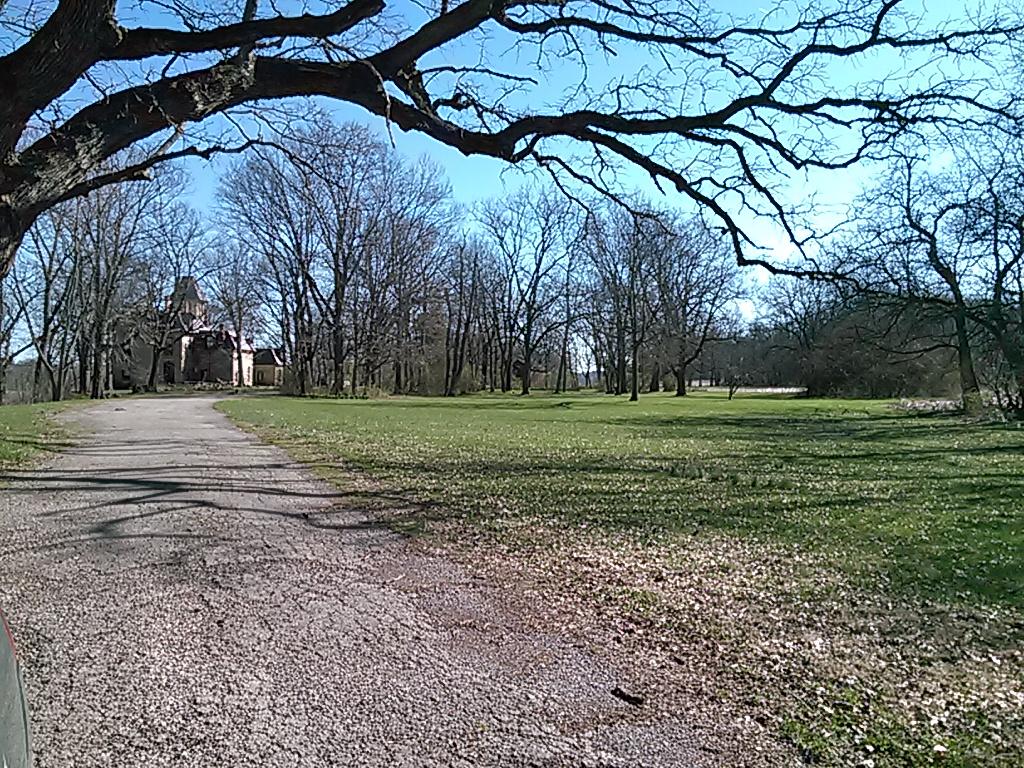
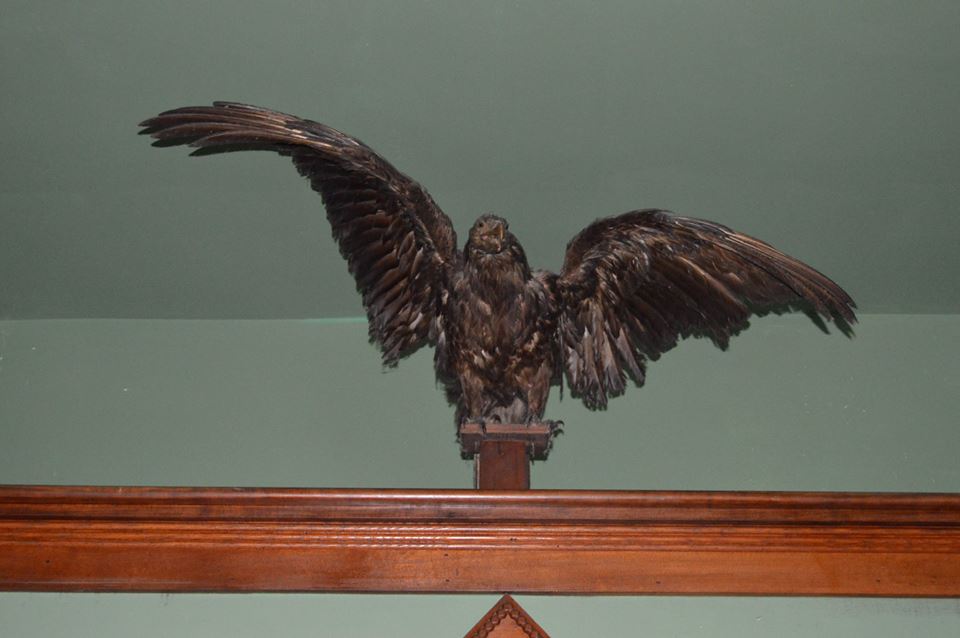
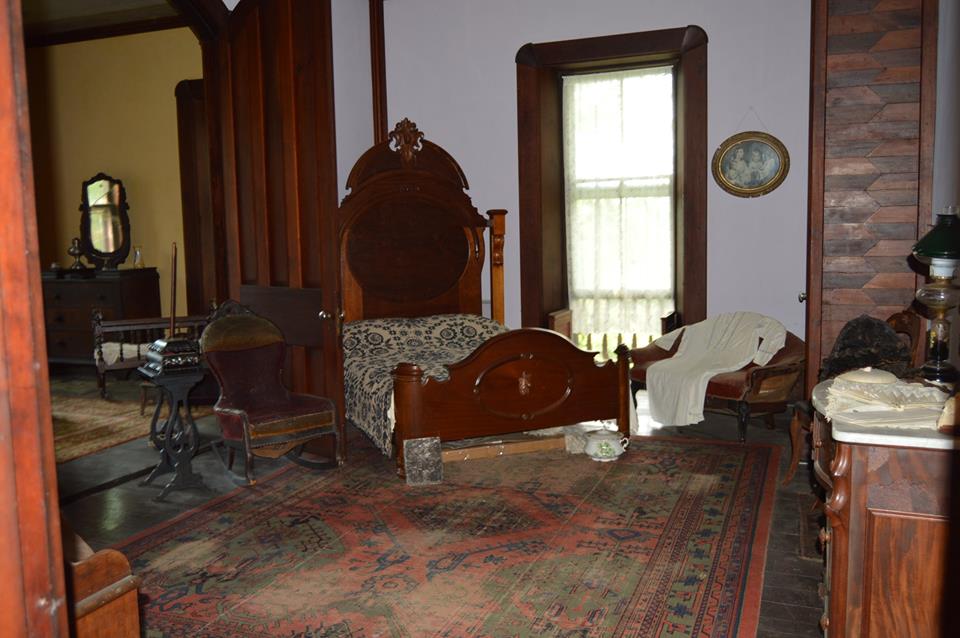

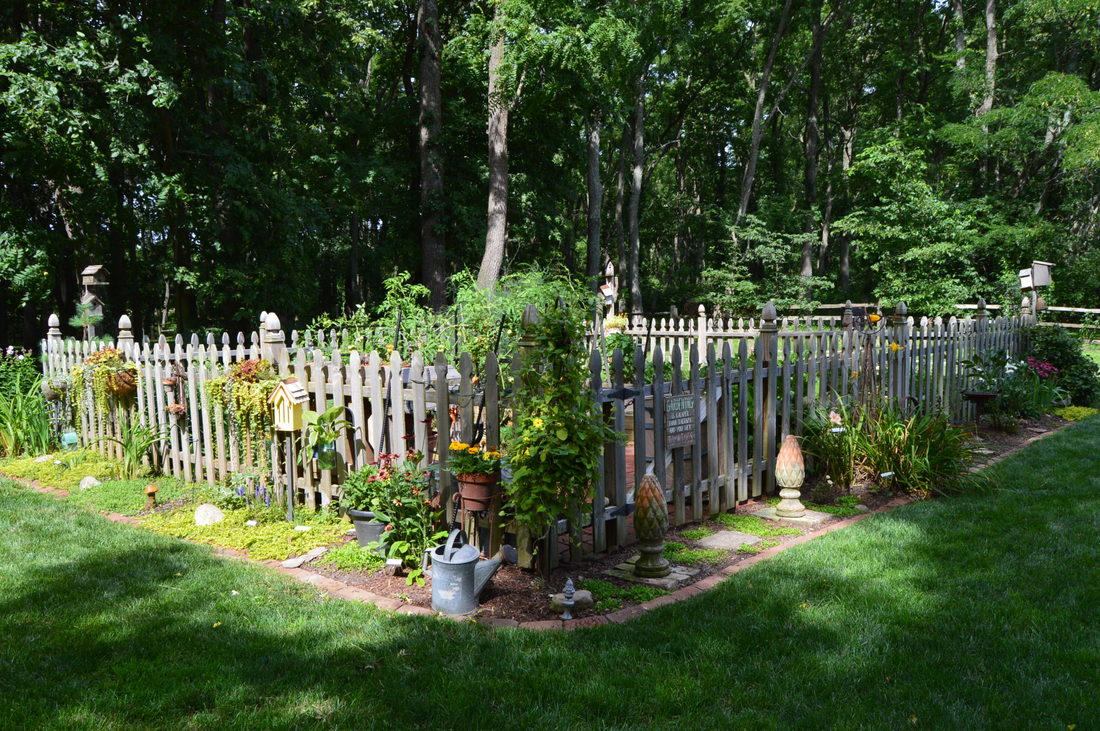
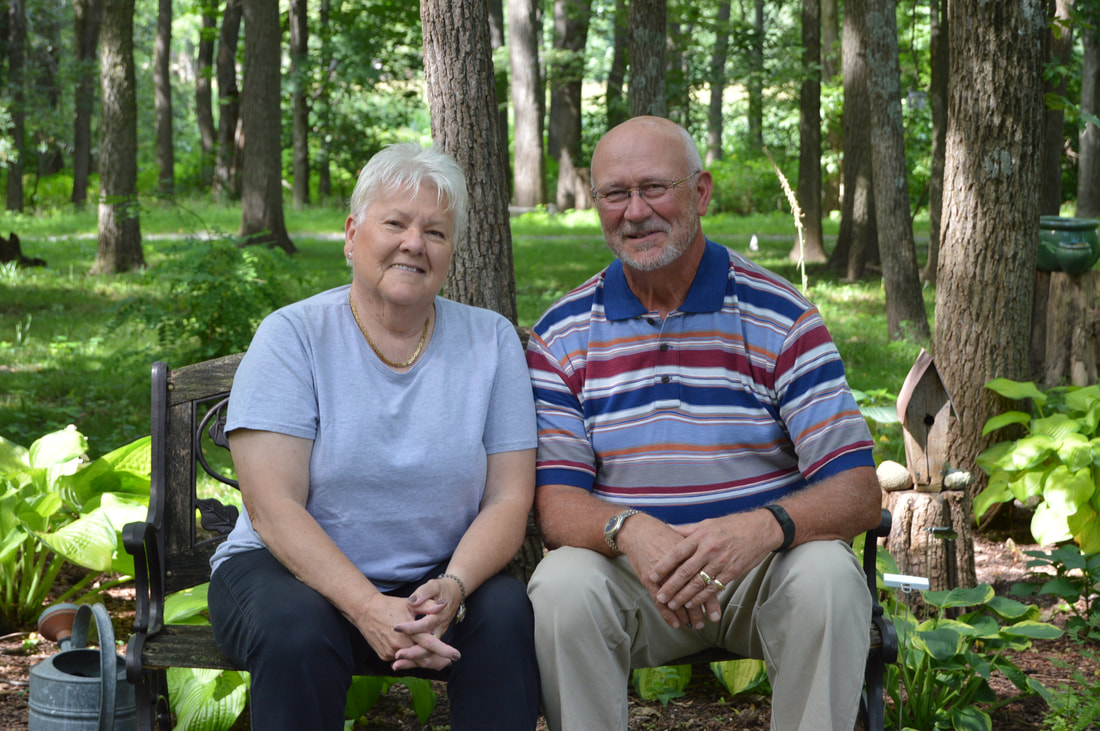
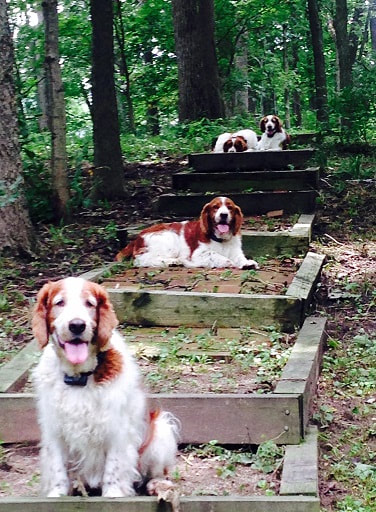
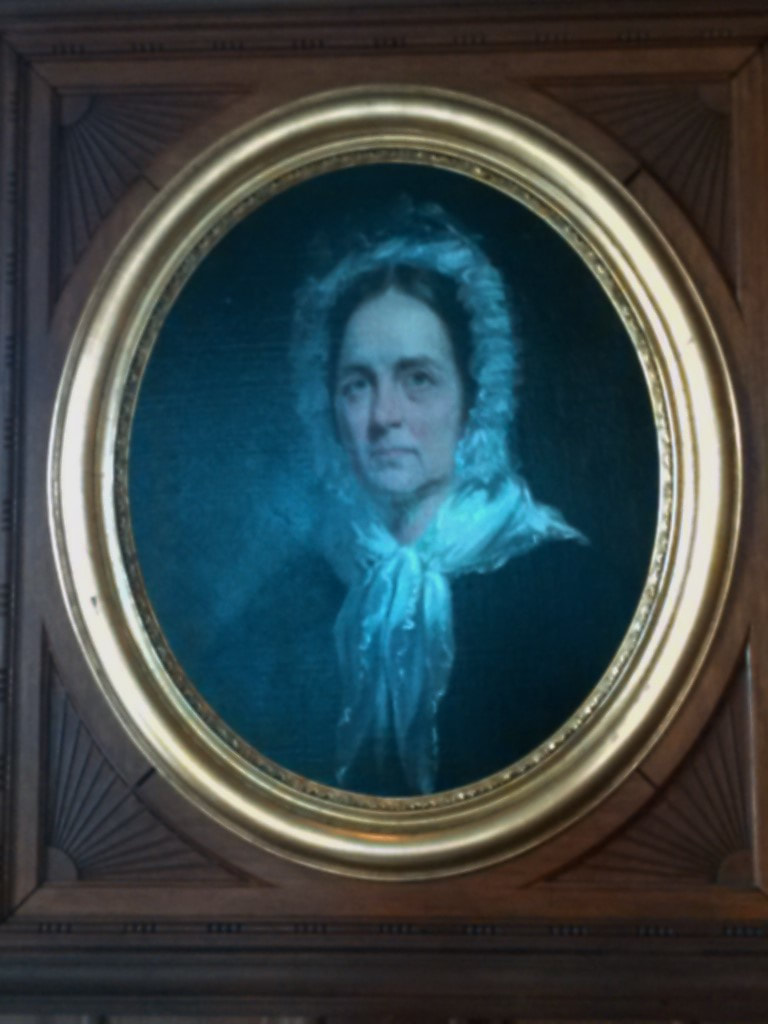
 RSS Feed
RSS Feed